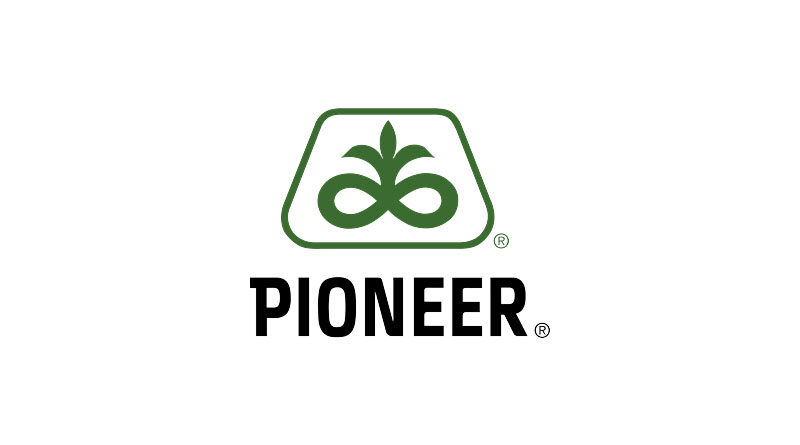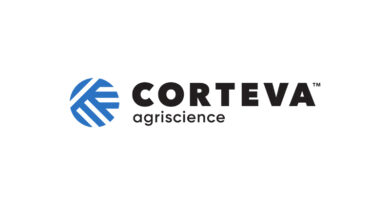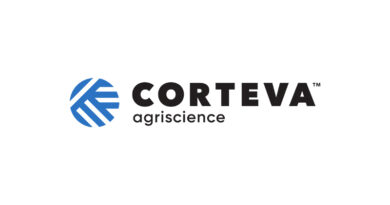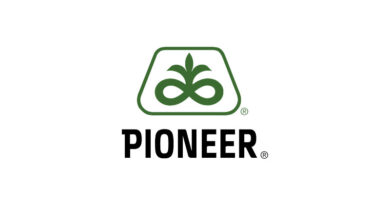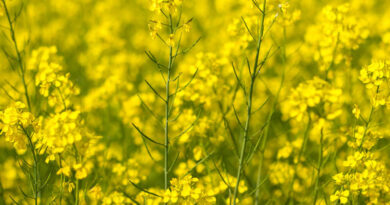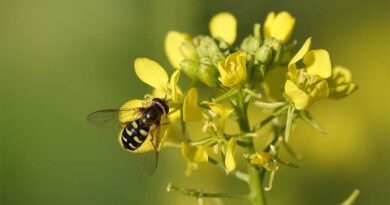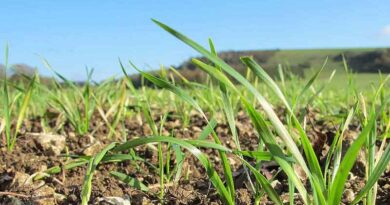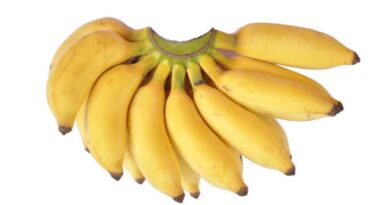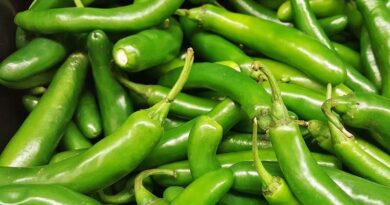48% of Farmers Polled Say They Have Medium-to-High Soybean Cyst Nematode (SCN) Pressure
19 May 2022, US: Audio News Release: Access and download individual soundbites on the National Association of Farm Broadcasting (NAFB) newsroom or contact Kasey Anderson at kasey.anderson@corteva.com.
ANNOUNCER LEAD-IN COPY
Soybean cyst nematode, or SCN, is one of the most damaging diseases in soybeans. This microscopic plant-parasitic worm is a major threat to soybean production across the Midwest. Pioneer recently polled more than 600 farmers, revealing that approximately 80% are experiencing some level of SCN pressure. More concerning is that 48% said they had medium-to-high pressure, which can result in yield damage as high as 90%. But SCN is manageable, according to Dr. Mary Gumz, Agronomy Science Manager with Pioneer. It starts with diligent scouting and sampling.
AUDIO
| Audio Filename: Gumz soundbite 1 | Scouting and sampling for SCN is extremely important because the symptoms can be somewhat unclear. The classic expression of cyst nematode is a yellow and stunted oval patch in a field following any tillage lines. However, there are other conditions that mimic cyst nematode and SCN infestations can also be symptomless. If you are unsure of the presence of cyst nematode in a field, the best plan is to pull a soil sample and send it into an accredited testing lab. (00:30) |
| ANNCR VO | Gumz says farmers should plan to scout in late June or early July. In fields where SCN pressure is confirmed, her first recommendation is to plant resistant varieties. (00:08) |
| Audio Filename: Gumz soundbite 2 | There are several management strategies for SCN. The first and easiest is to plant cyst nematode resistant soybean varieties. You need to be aware of the source of resistance though. For about the past 20 years, most of our resistant soybean varieties have been from a source of resistance called PI88788. We now have populations of soybean cyst nematode in the field that can overcome PI88788. So, you want to rotate between 88788 varieties with the other main source of resistance, Peking. (00:37) |
| ANNCR VO | Beyond planting and rotating resistant varieties, Gumz says there’s additional ways to proactively manage SCN pressure. (00:05) |
| Audio Filename: Gumz soundbite 3 | First, try to avoid a continuous bean rotation. Then, manage your winter annual weeds. Purple dead nettle and henbit are two weeds that can act as an alternative host for SCN. We also have ILEVO HL seed treatment available, which helps protect the plant from cyst nematode damage, and in Pioneer trials has been shown to add a 1.5 bushel per acre yield benefit in fields with lower SCN pressure and up to 6 bushels in fields with higher SCN pressure.1 (00:30) |
| ANNCR VO | The farmer poll coincides with the release of a new field study Gumz and the Pioneer agronomy team completed that measured SCN populations across the Midwest. (00:08) |
| Audio Filename: Gumz soundbite 4 | The results actually matched up fairly closely to our sampling project we did this summer. It was heartening to see that 80% of farmers that responded knew their SCN number. We know that cyst nematode is present through much of the Midwest and groups like our Pioneer agronomists and the SCN Coalition have been putting a strong emphasis on knowing your SCN numbers and being proactive in managing this pest. (00:23) |
| ANNCR VO | Growers can download the study, titled Soybean Cyst Nematode Populations Across Midwest, by visiting Pioneer.com. (00:05)Total Time: est. 2 minutes 51 seconds |
Link to Agronomy Research Update: Soybean Cyst Nematode Populations Across the Midwest
Note: Pioneer Agronomy Science Manager Mary Gumz Is available for interviews to provide more detailed scouting and management tips for soybean cyst nematode pressure.
Also Read: IIT roorkee and garuda aerospace partner for drone training across india

